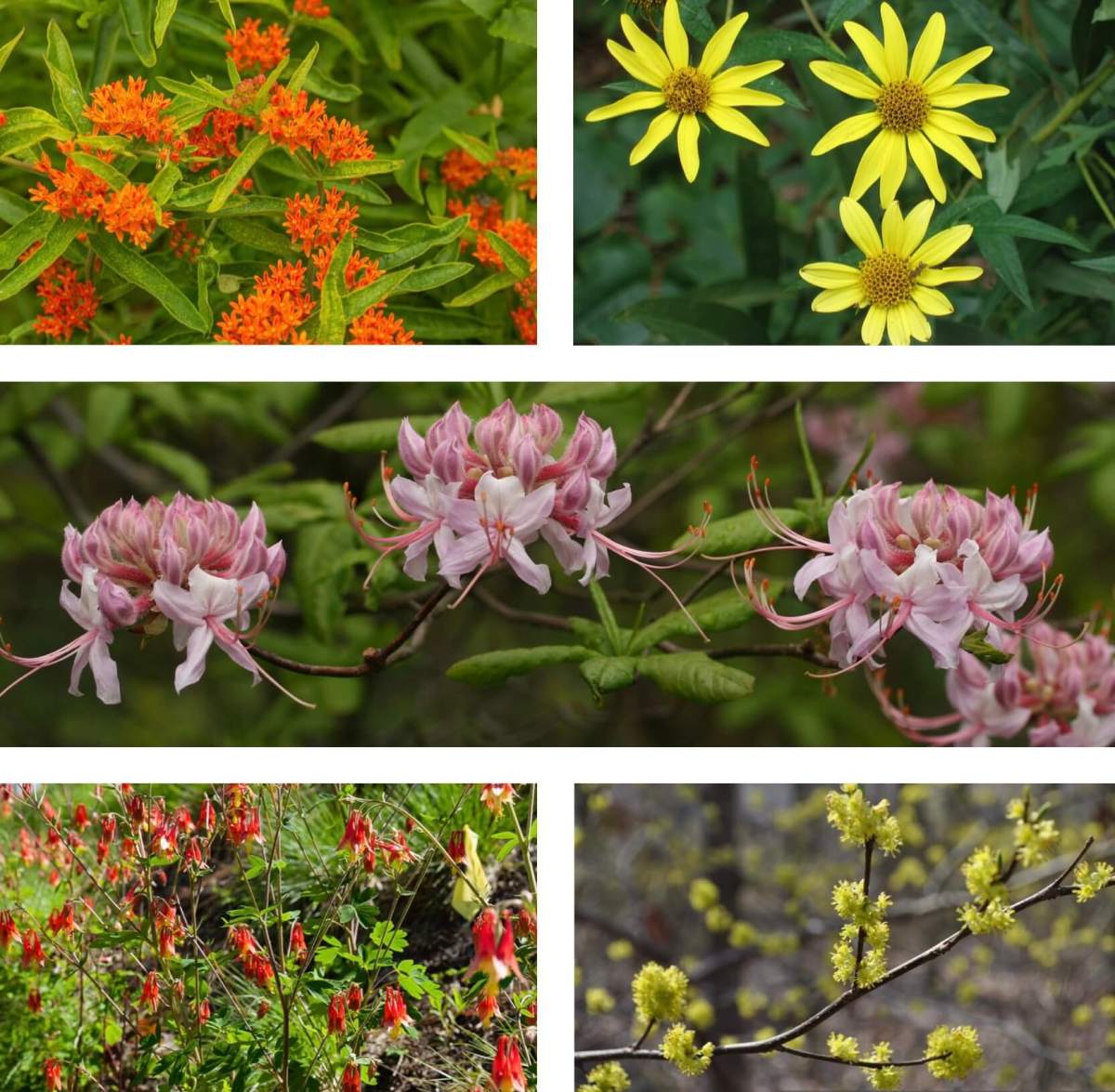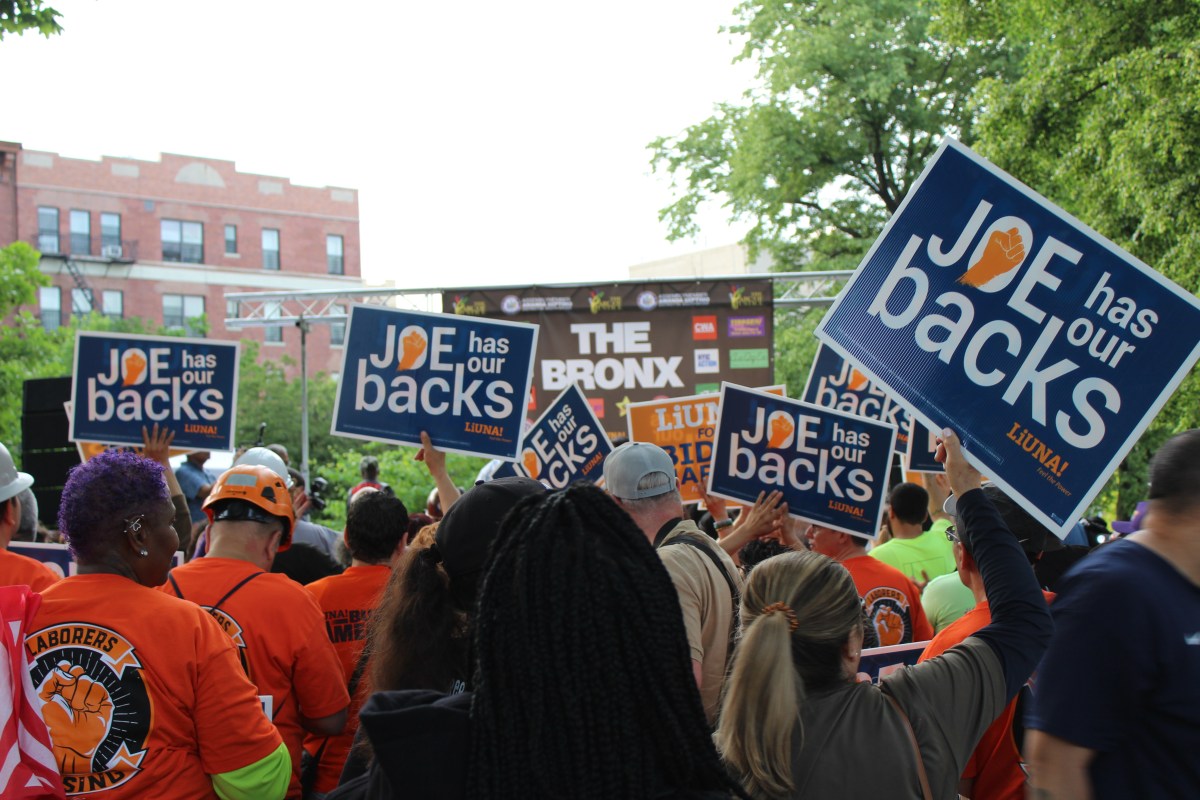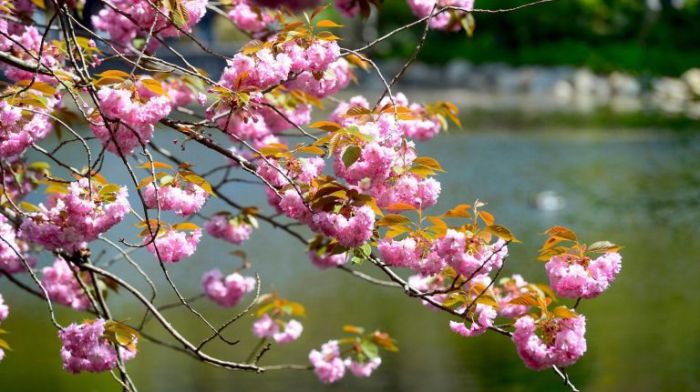New York City daffodils, it’s time to step aside from the limelight. In a city where the wild things are, wildflowers are next to have their time in the sun, and New Yorkers across all five boroughs can choose their pick of the bunch over the next several months as five wildflowers go head-to-head.
The NYC official wildflower campaign, which is being called Vote WildflowerNYC, was launched last week by Brooklyn Bridge Park, Friends of the High Line, New York Botanical Garden, Queens Botanical Garden, and Staten Island Museum. Each of the five institutions nominated their favorite wildflowers.
The five wildflowers being “petaled” into the campaign are: Butterfly Weed, Pinxter Azalea, Giant Sunflower, Wild Columbine, and Spicebush.
Wildflowers are indigenous, or native, to New York City’s local ecosystem and play an important role in its biodiversity. Native flora, or plants, play a major role in ensuring clean air, pure water, soil stability, flood abatement, and wild animal habitat. There are currently 778 native plants that grow wild across New York City, but more than 40% of local native flora have already been lost, according to New York City’s Department of Parks & Recreation.
Native flora has been disappearing over the course of the last century for a myriad of reasons including pollution, habitat destruction, species competition, illegal collection, and climate change.
The campaign is now in full bloom within New York City Wildflower Week, which celebrates wildflowers across the Big Apple-scape from May 5 to May 14. In a statement, Marielle Anzelone, the director of NYC Wildflower Week, said the goal of the campaign is to help restore the relationship between New Yorkers and the local wild flora.
Anzelone, a botanist, has led hundreds of woodland walks to help New Yorkers learn more about their floral neighbors. She told amNewYork Metro her dream is to have all New Yorkers be able to experience local wildflowers through similar experiences. She aims to increase awareness, since many New Yorkers are not aware of their floral surroundings.
“Inevitably someone will say ‘I’ve lived here a long time and never knew this existed’,” Anzelone said. “All people have a deeply human need to connect with nature, even urbanites.”
While the institutions are leaving the final decision to New Yorkers, it wouldn’t be a New York City campaign unless there was intense door-to-door knocking, public engagement, and scrutiny to be had. The campaign will talk all-things-wildflowers with schools, community boards, neighborhood businesses, and civic and environmental groups until the voting period is over.
Here’s what each campaigning institution has to say about its nominated wildflower:
Wild Columbine
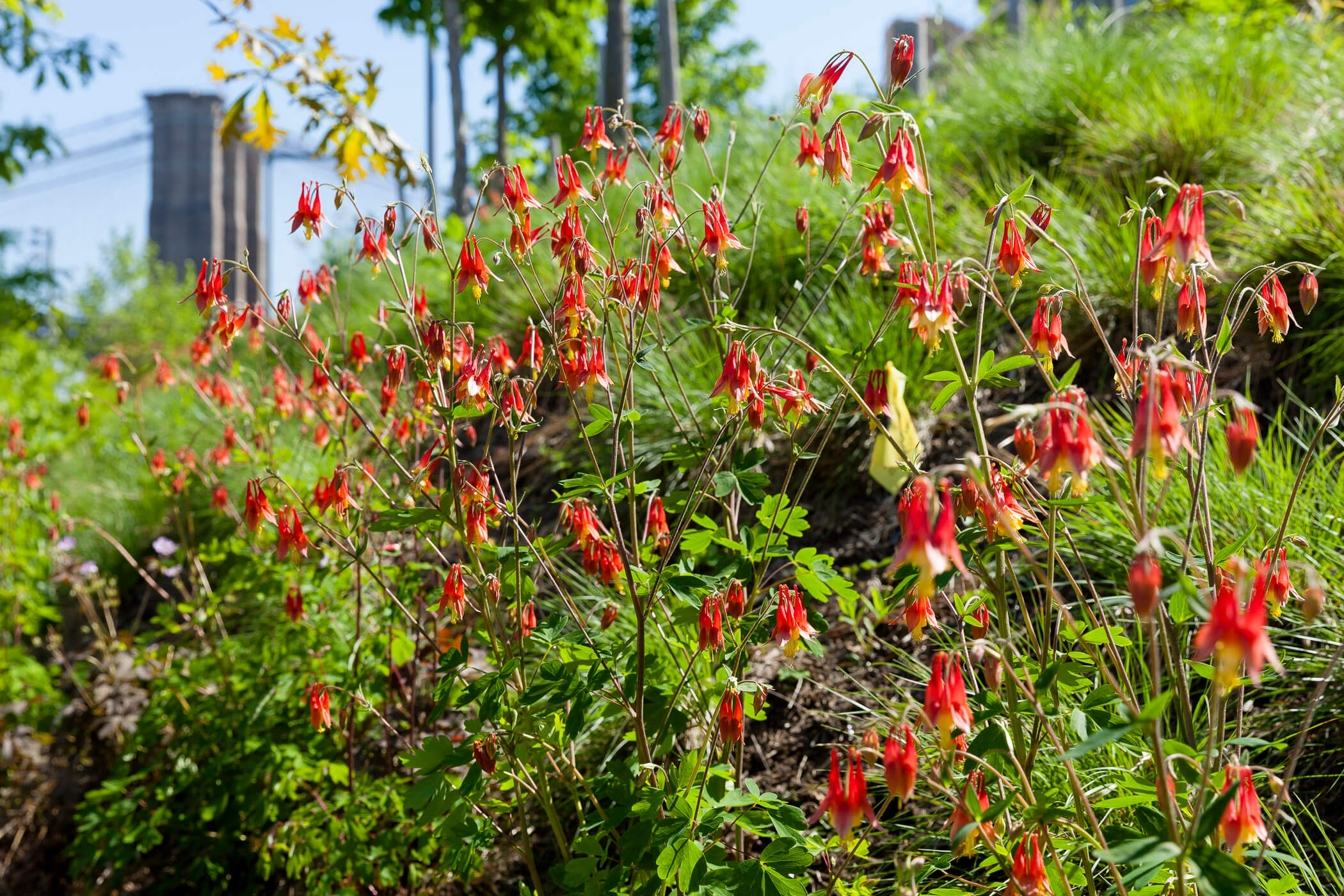
“We love its unique scarlet drooping flower, its five petals evoking the five boroughs. Columbine’s nectar helps fuel the spring migration of the Ruby-throated Hummingbird. Referred to as “a plant for the masses,” Wild Columbine grows in a variety of conditions, making it ideal for home gardens, public spaces and restoration projects. With its beauty and adaptability, Wild Columbine is poised to hold a place in all New Yorkers’ hearts.”
—Rashid Poulson, director of horticulture at Brooklyn Bridge Park
Butterfly Milkweed
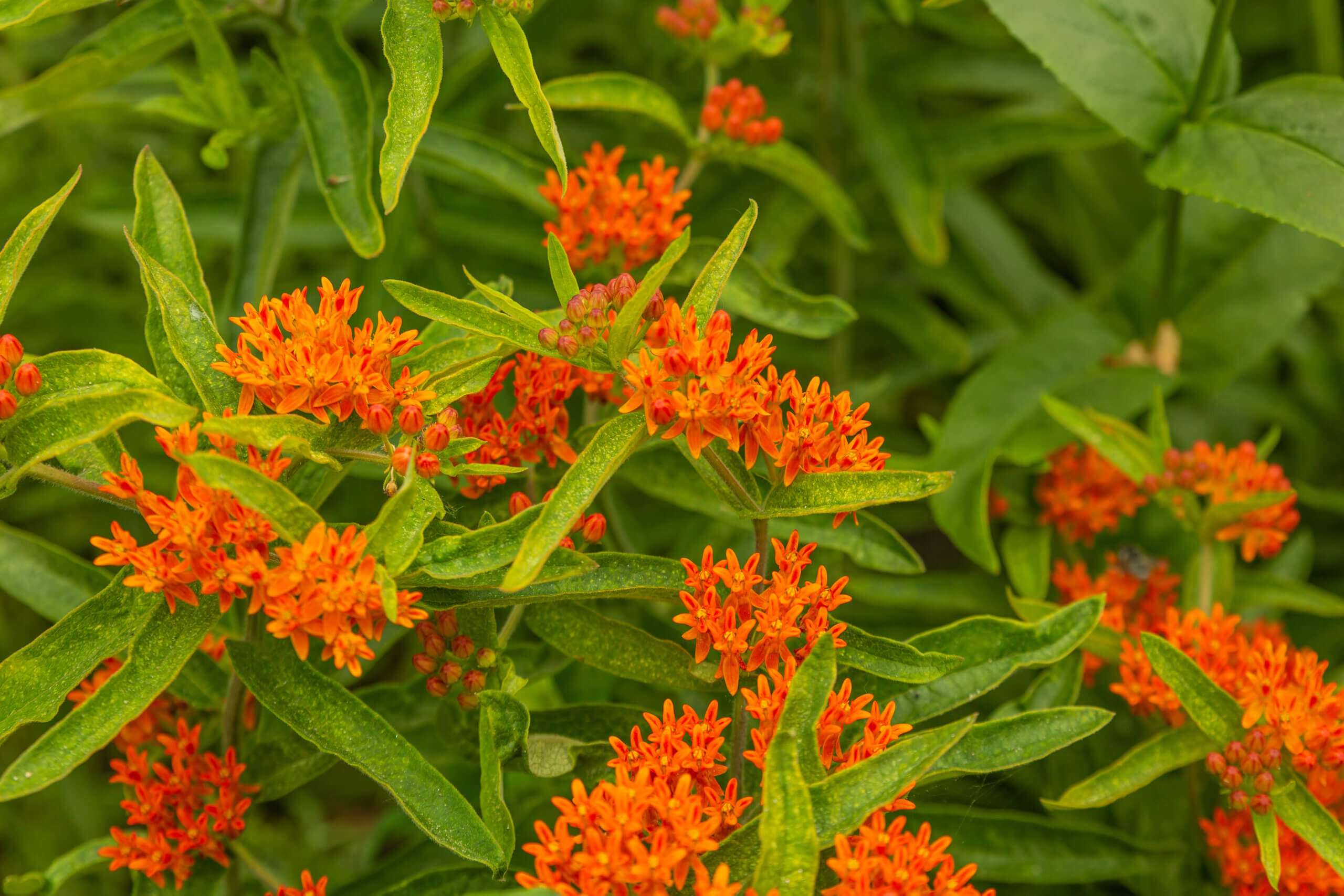
“We love Butterfly Milkweed because it so successfully represents the unique aspects of the High Line’s naturalistic gardens: colorful beauty, ecological function, and four-season interest. Milkweeds are the only plants that monarch butterflies lay their eggs on. Since monarchs were recently designated as globally endangered, planting more native milkweeds is one thing the public can do to help these iconic insects make a home in New York City.”
—Richard Hayden, director of horticulture at Friends of the High Line
Spicebush
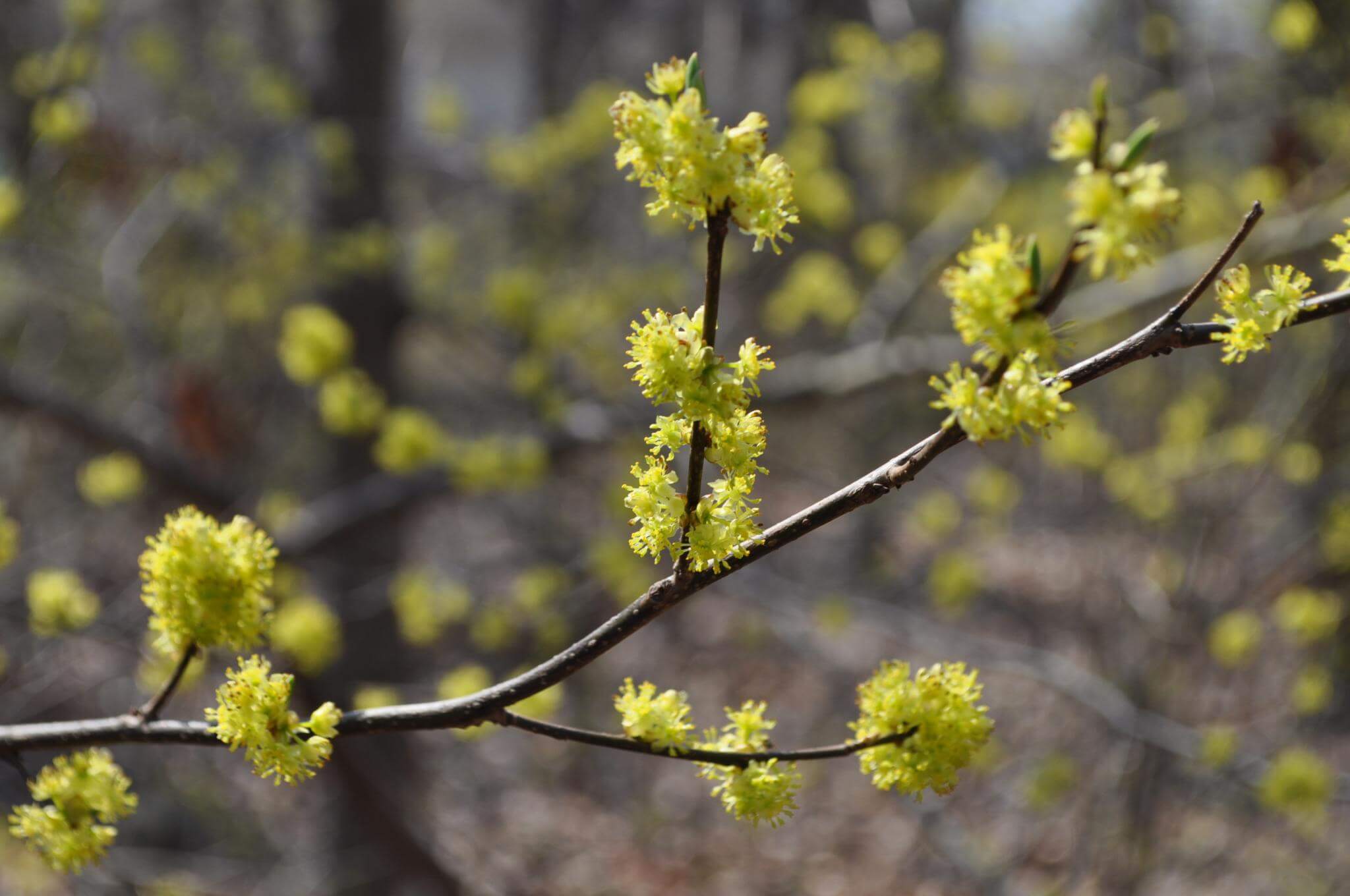
“Spicebush has long been a part of the history of Eastern North America, and it’s particularly close to our hearts here in the Bronx, where in early spring you’ll spot its abundant flowers punctuating the trails of our old-growth Thain Forest with clouds of gentle yellow petals. Its intriguing name comes from the spicy aroma that arises from the crushed leaves. Peoples suchas the Lenape used various parts of Spicebush, from the bark to its twigs and fruit, to brew medicinal teas and flavor foods, while our local wildlife—including butterflies, birds, and mammals—rely on it for sustenance throughout the year. And as a particularly hardy native here in the greenest borough, it shines as an ecologically beneficial highlight of urban forests in NYC and beyond. With its beauty and tenaciousness, not to mention its jack-of-all-trades usefulness,
we think spicebush is a shoe-in for New Yorkers’ official wildflower!”
—James Boyer, vice president of children’s education and senior director of education at the New York Botanical Garden
Giant Sunflowers
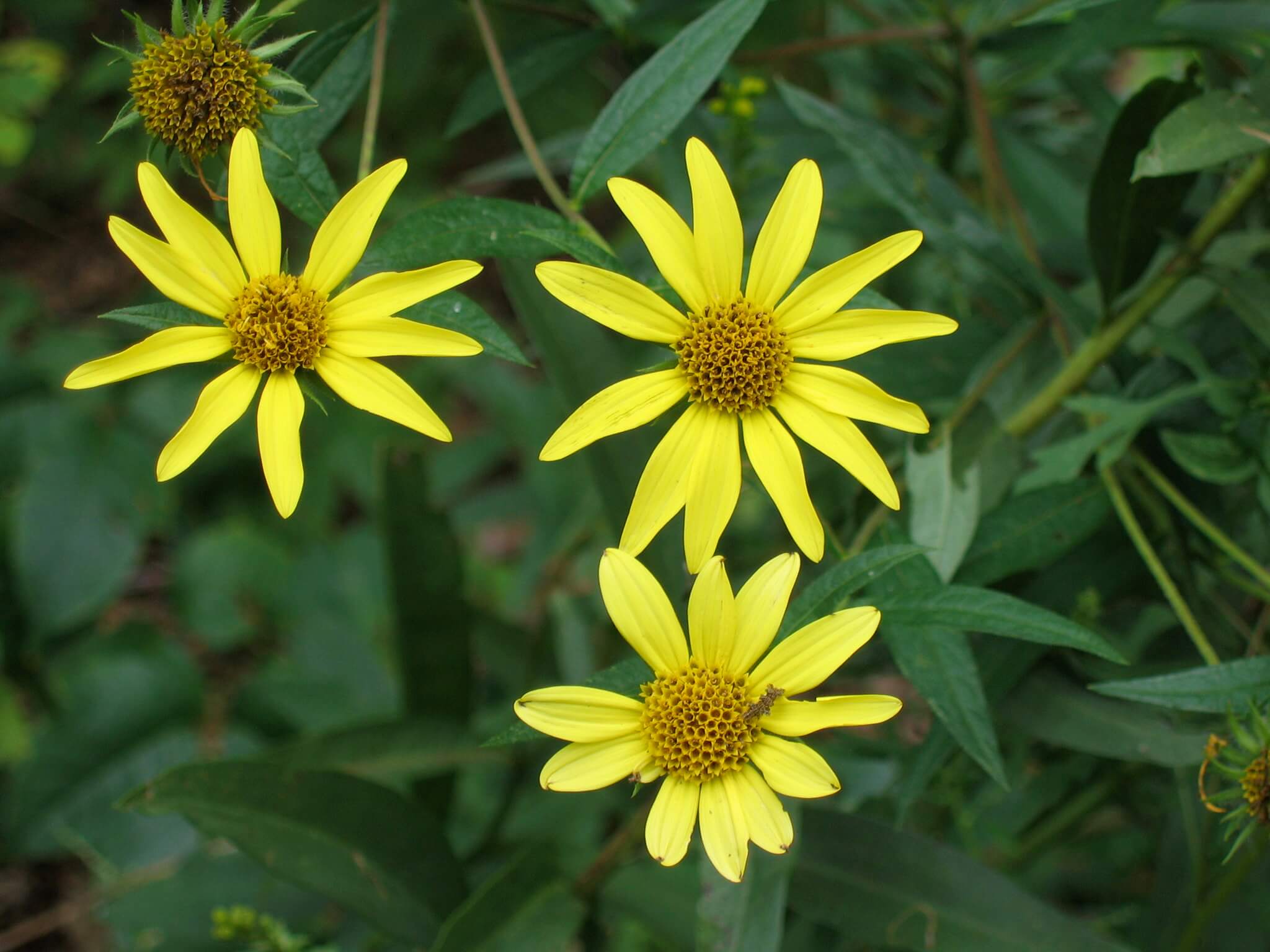
“Sunflowers radiate joy and burst with sunshine no matter where you see them in our city. Because sunflowers are so internationally recognized and hold different meanings across cultures, we felt Giant Sunflowers captured the power of New York City’s diversity and how we are all interconnected. This genus is incredibly tall, resilient, and strong. Sunflowers also feed the multitudes—they provide sustenance for many dozens of bees, birds, butterflies, beetles—and humans, too! It gets bonus points for providing shelter for wildlife and spreading easily and happily in an urban environment.”
—Evie Hantzopoulos, executive director of the Queens Botanical Garden
Pinxter Azalea
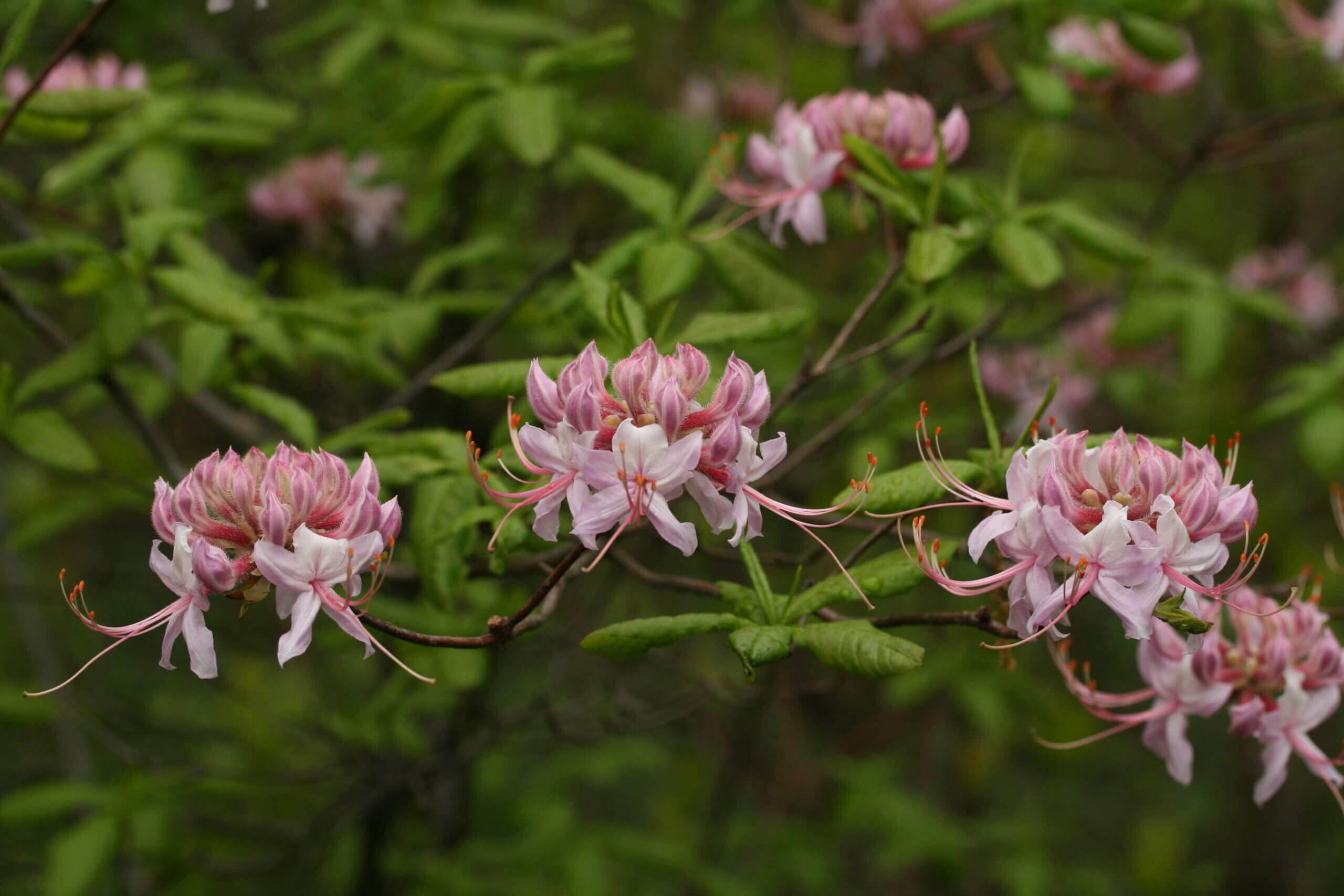
“Did you know that Staten Island is the only borough that already has an official wildflower? In the 1980s, Staten Islanders voted for the Pinxter Azalea to represent our borough and we are proud to support it! One of our native azaleas, Pinxter Azalea grows wild throughout the city, and is especially abundant in Staten Island’s Greenbelt. With its showy pink flowers, it is a joy to find blooming in the woods. These blossoms also support many of our pollinators, including hummingbirds and butterflies. Having already beaten out seven other native wildflowers for the top spot in Staten Island, we are hopeful the rest of the city will love it as much as we do!”
—Colleen Evans, director of natural science at the Staten Island Museum
Once the People have chosen New York City’s official wildflower, the institution with the most popular wildflower will present it to the New York City Council with a request for legislation to make it official.
New Yorkers can vote for their favorite wildflower by visiting: wildflowerNYC.org. Voting ends on Nov. 7, 2023.
Read more: NYPD Rescues Man Attempting to Jump Off Manhattan Bridge



